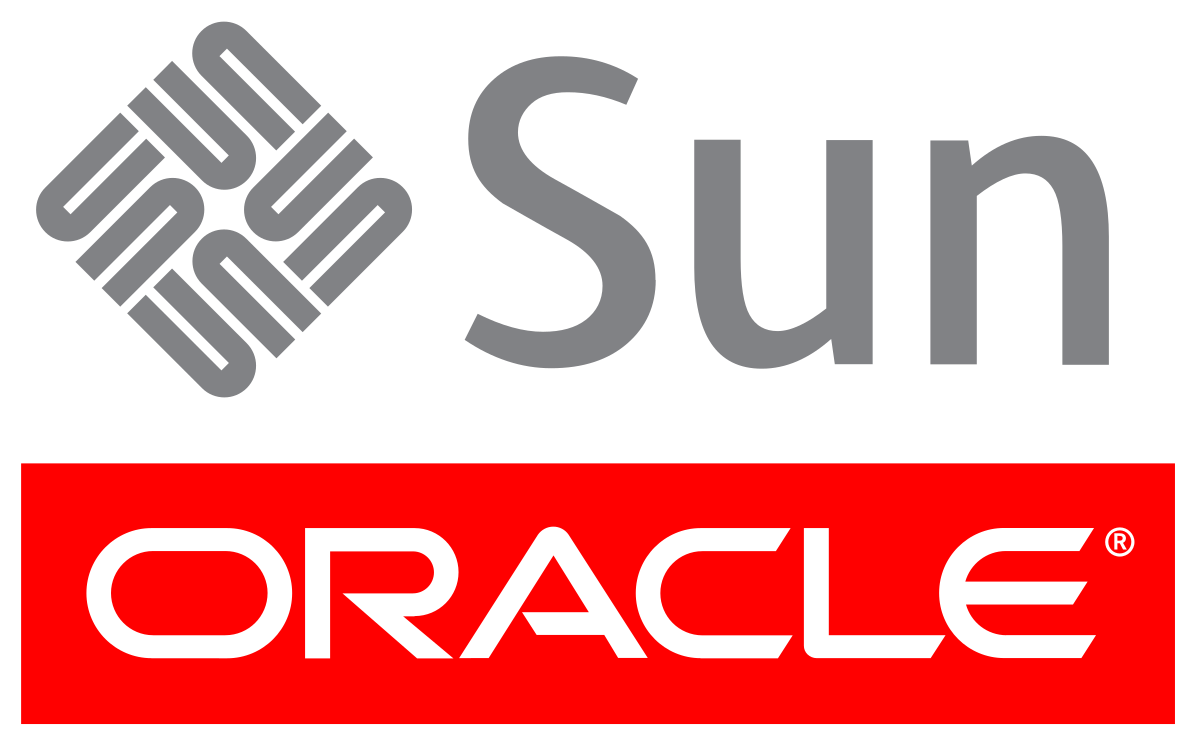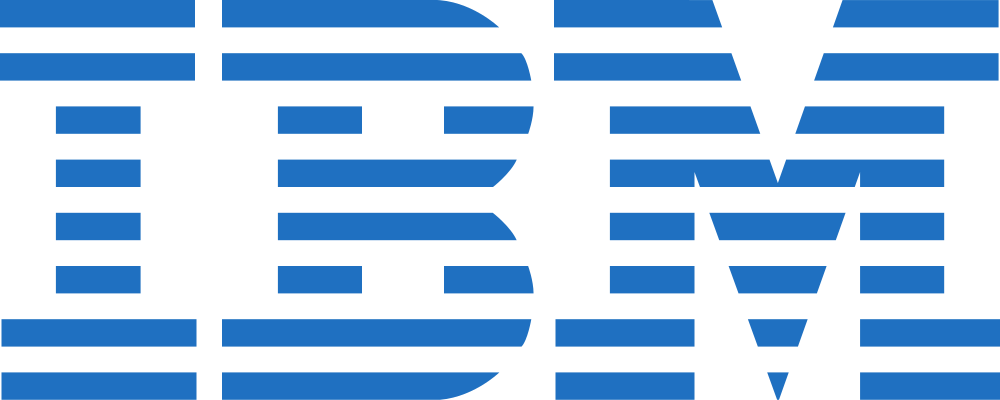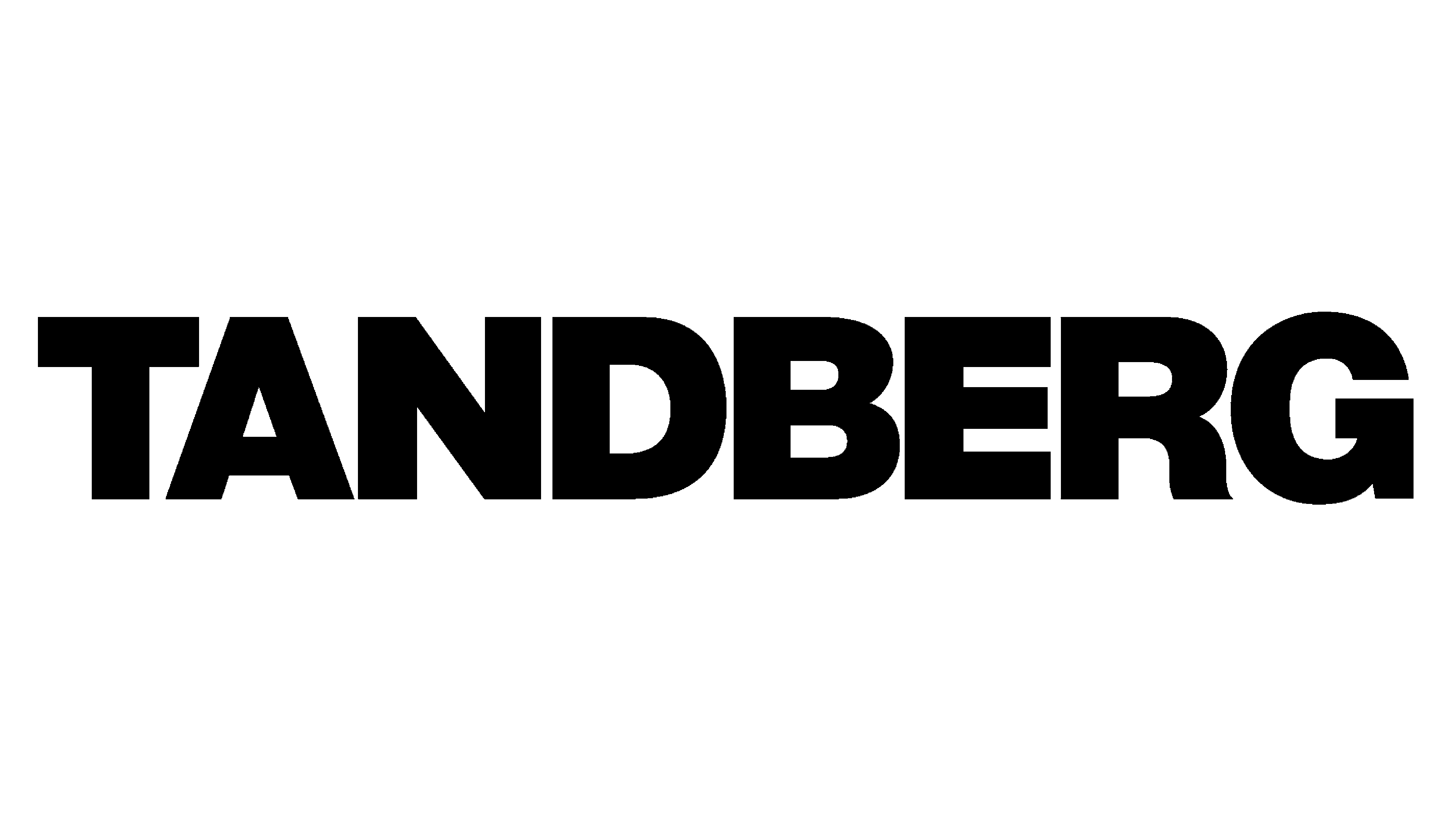Hi, you obviously saw our tagline stating that we save you both time and money. This is something so many companies say in nearly every line of business. Examples like “save 15% or more in 15 minutes” sound great and it steers many to get their “free no obligation quote”. This quote rarely saved them 15% and seldom takes only 15 minutes for the process. But it sounded really good. We are not here to pick on any advertising slogan or company; what we are here to do is to clearly explain to you how we actually do what we say we do. Let’s start with money:
Key terms to know:
OEM – Original Equipment Manufacturer
TPM – Third Party Maintenance
CapEx – Capital Expense
OpEx – Operational Expense
EoSL – End of Service Life
EoL – End of Life
There are a few scenarios where money savings are realized with Third Party Maintenance or TPM being deployed for your data center hardware. The most obvious is how TPM companies are often 25-80% less expensive than the OEM for coverage on the same hardware. This drastic price variation is simple to explain.
OEM’s are manufacturers, first and foremost. They make their money primarily by developing new and improving existing technologies and bringing them to market for sale. They build a better mouse trap every few years and sell it to the market. That said, they charge high rates for maintenance because that makes the relative price of new equipment more palatable for the consumer. If they can’t get you to buy new, they will accept your money at the inflated cost and try to upsell you again next year.
The IT industry moves quickly, so typically every 5 years or so the OEM’s let their clients know that it’s time to trade in their existing “out of date” equipment for the latest and greatest widget. This is done in 2 phases – 1) the hardware is listed as EoL – end of life. This is the date when the company will no longer be making this hardware or any hardware specific parts. EoL is typically 5 years after the product has been launched. Next the hardware is listed EoSL – end of service life. This is the date when the company will no longer accept calls or requests for support for this hardware. At this time, if you need help or parts you must either find a good TPM or be prepared to change out your hardware. This is how they make the lion’s share of their revenues. TPM’s are maintenance and support companies, first and foremost. We make our money by maintaining hardware beyond those OEM EOSL and EOL dates. Our main goal is to show you the value in keeping your existing hardware up and running. We point out the “if it ain’t broke” side of the value proposition. We both have our places in the market, but our primary focuses are very different. We develop our prices not to steer you to dropping your equipment, but we evaluate a realistic cost to keep it running effectively for years to come. This is referred to Asset Sweating. The clearest analogy would be: You have a great car with 100k miles that starts up every day, has no issues and safely gets you and your loved ones from point a to point b without any major issues. The cost to you for maintenance (oil changes, brakes, tune ups, etc.) is considerably less than buying a new car because you are beyond the warranty. The dealer wants you to trade the car in and buy a new one and they will have lots of great reasons on how it’s a better value for you to do just that. It’s rarely true, but it’s their job to try and get you to see it their way.
Capital expenditures (CapEx) are major purchases a company makes that are designed to be used over the long term. Operating expenses (OpEx) are the day-to-day expenses a company incurs to keep its business operational.
We have been in a recession for a few years now. As of this writing in late 2022, the global pandemic, financial instability, internal conflict, and more have put a strain on businesses that few of us have ever seen before. Having the ability to defer CapEx and extend the much lower OpEx for assets as valuable as your IT infrastructure and its ongoing support is paramount to all business’ success in these times. But even more so for small and mid-size businesses. Every dollar matters and the support of a quality TPM helps save quite a few of those dollars.
Discussing time is a much clearer and simpler topic. Starting with operational time and simplification of processes. As a TPM, we offer you a one stop shop. We can support all of your data center hardware under one contract with one support contact, one invoice, and one date of renewal. Our ability to offer you a blanket support contract allowing for the addition, subtraction, and/or updating of your inventory saves your internal teams time and money. We eliminate you receiving 4 different invoices from 4 OEM’s at varying times of the month. No more concerns of what machines are covered with different renewal dates to track. Just one inventory list that you can update as needed (adding or dropping hw as required). Just one invoice to review and pay. A single point of contact to notify in case of any issue; no more checking on which toll free number covers that particular piece of equipment today.
We can also discuss uptime vs downtime. Depending on the level of service you choose, you have the opportunity to have inventory of all of your high-risk failure items stored onsite for you at no additional cost. Parts like disks/drives, power supplies, fans, etc. can be stored onsite so in the event of an issue, you can have your in-house tech replace the part immediately and let us know so we can replace it (again at no additional cost). You can also choose to contact us and we can dispatch a local tech to come handle the replacement for you. This process again sped up by the correct parts being onsite already. Keeping your systems up and running is the epitome of what we do. More uptime and less downtime equals less expense to your bottom line.




.png)







.png)



